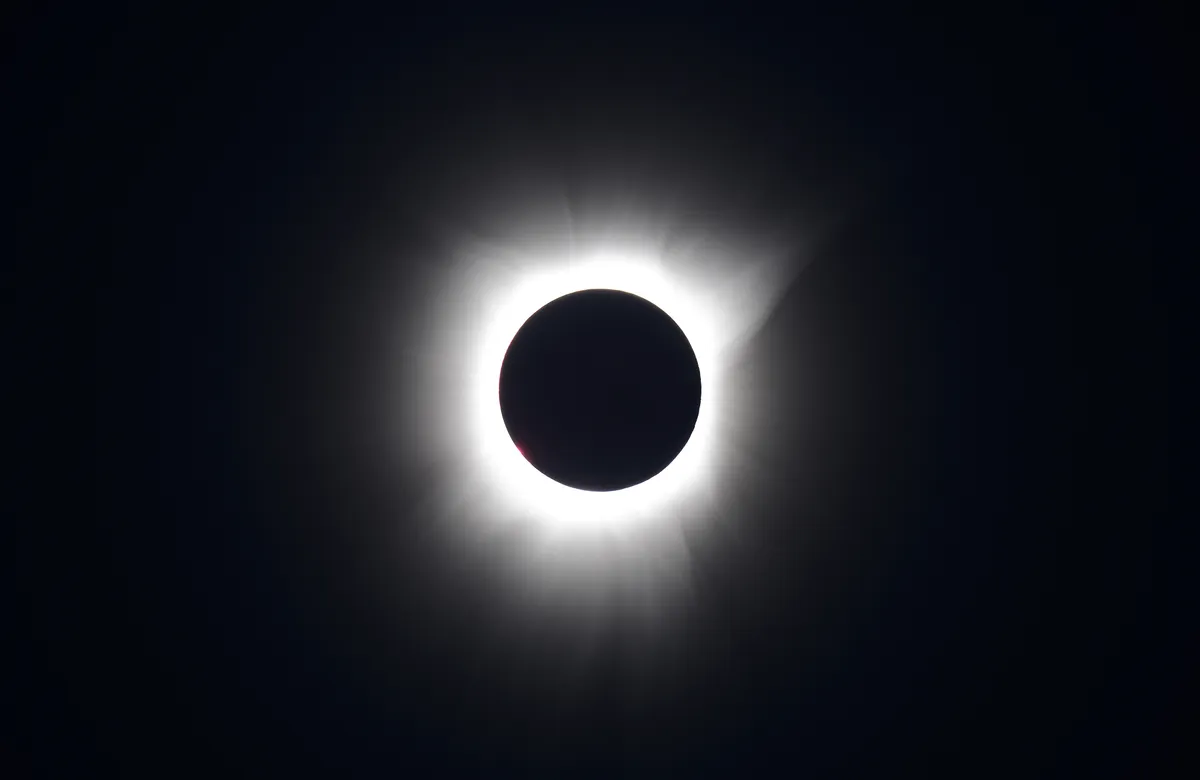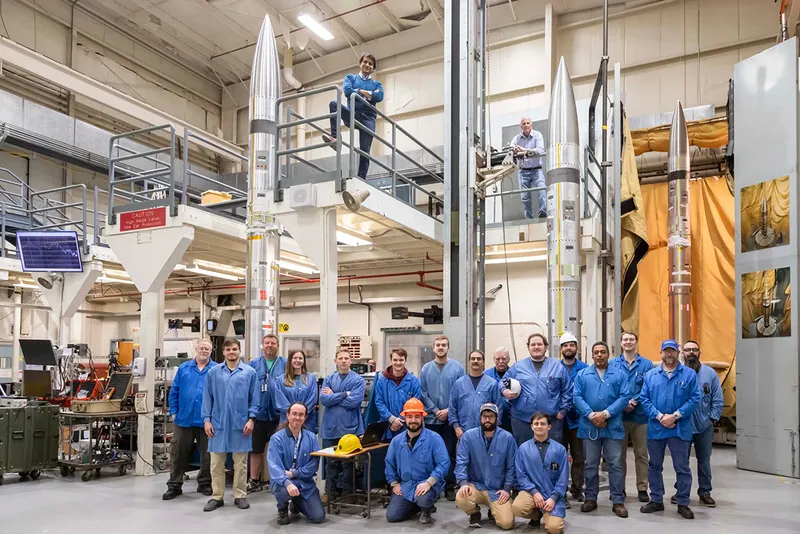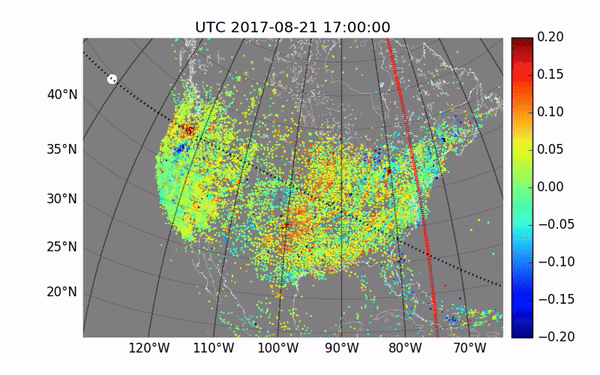NASA is going to launch three rockets into the shadow of the Moon during the April 8 solar eclipse, to measure how eclipses cause disturbances in Earth's upper atmosphere and affect communications.
And you can watch the rocket launch live online via the window below.
Known as the ionosphere, the region of the atmosphere that will be studied is 55 to 310 miles (90 to 500 km) above ground.
It forms the boundary between Earth's lower atmosphere, where we live and breathe, and the harsh vacuum of space.
Three rockets will launch from NASA’s Wallops Flight Facility launch range in Virginia on April 8, with the launch window opening at 14:40 EDT.
Studying the eclipse and the ionosphere
The Atmospheric Perturbations around Eclipse Path (APEP) mission will see three rockets launch in total: one 45 minutes before, one during and one 45 minutes after the solar eclipse.
They will collect data on how the ionosphere is affected by the sudden disappearance of the Sun as the Moon passes in front of it during the eclipse.
The ionosphere consists of particles that become electrically charged by energy from the Sun.
But when a region of Earth is rotated away from the Sun and night falls, the ionosphere thins out because those particles that were previously charged - or ionised - become neutral again.

Weather on Earth and weather in space can affect these particles, making the ionosphere difficult to study.
As the shadow of the eclipse is cast on Earth's atmosphere, it triggers small disturbances in the ionosphere, which affect radio communications on Earth.
The aim of APEP is to gather accurate data to help scientists better predict these disturbances to our communications.
And because astronomers can predict exactly when an eclipse will occur, the three rockets are able to launch at the right time and to the right altitude, and obtain more accurate data than an Earth-orbiting satellite could.

"Understanding the ionosphere and developing models to help us predict disturbances is crucial to making sure our increasingly communication-dependent world operates smoothly," says mission lead Aroh Barjatya, professor of engineering physics at Embry-Riddle Aeronautical University in Florida.
"Each rocket will eject four secondary instruments the size of a two-litre soda bottle that also measure the same data points, so it's similar to results from fifteen rockets, while only launching three."

A new mission
This is not the first time the APEP rockets have launched, either.
Their first mission was during the October 2023 annular solar eclipse, and at that time the rockets recorded saw a sharp reduction in the density of charged particles.
"We saw the perturbations capable of affecting radio communications in the second and third rockets, but not during the first rocket that was before peak local eclipse," says Barjatya.
"We are super excited to relaunch them during the total eclipse, to see if the perturbations start at the same altitude and if their magnitude and scale remain the same."
Watch the launch via the NASA’s Wallops’ official YouTube page and, if you happen to be in the area, you can watch in person at the NASA Wallops Flight Facility Visitor Center.
Did you watch the launch of the APEP rockets? Let us know what it was like by emailing us via contactus@skyatnightmagazine.com
